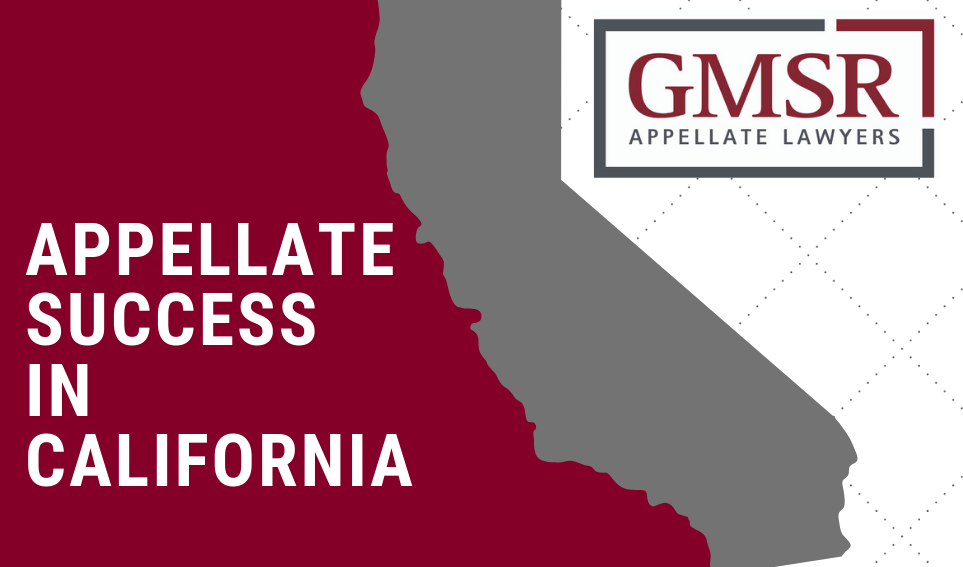Four Ways To Create A Clear Record For Appeal
One key to success on appeal is creating a clear and complete record. Here are ways to create such a record that are often overlooked in the heat of trial:
- Ask the court reporter to transcribe sidebars and in-chambers conferences. If that’s not possible, summarize what happened during the sidebar or conference once you are back on the record.
- Court reporters normally do not transcribe the court’s reading of jury instructions. Consider asking them to do so. The transcript may help if there is a dispute in post-judgment motions or on appeal about whether the jury received a specific instruction.
- If the verdict is against your client, ask the court to poll the jury on the record. Appellate courts treat the closeness of a verdict as relevant to whether errors at trial were harmless (non-reversible) or prejudicial (reversible).
- If witnesses use phrases like “this one,” “that one,” or “over here,” remember to have them elaborate on exactly what they are pointing to, or mark it on a copy of the exhibit and offer the marked-up exhibit into evidence. Otherwise, an appellate court reading the transcript won’t know what the witness meant.
▶ The practical message: Designate someone on your trial team to keep an eye on creating a record that will be clear when it comes time for post-judgment motions or appeal.
Browse By Topic
Email Acknowledgement

We welcome your inquiry. However, sending us an email does not create an attorney-client relationship. For that reason, you should not send us any kind of confidential information. Until we have agreed to represent you, we cannot be obligated to keep it confidential.







